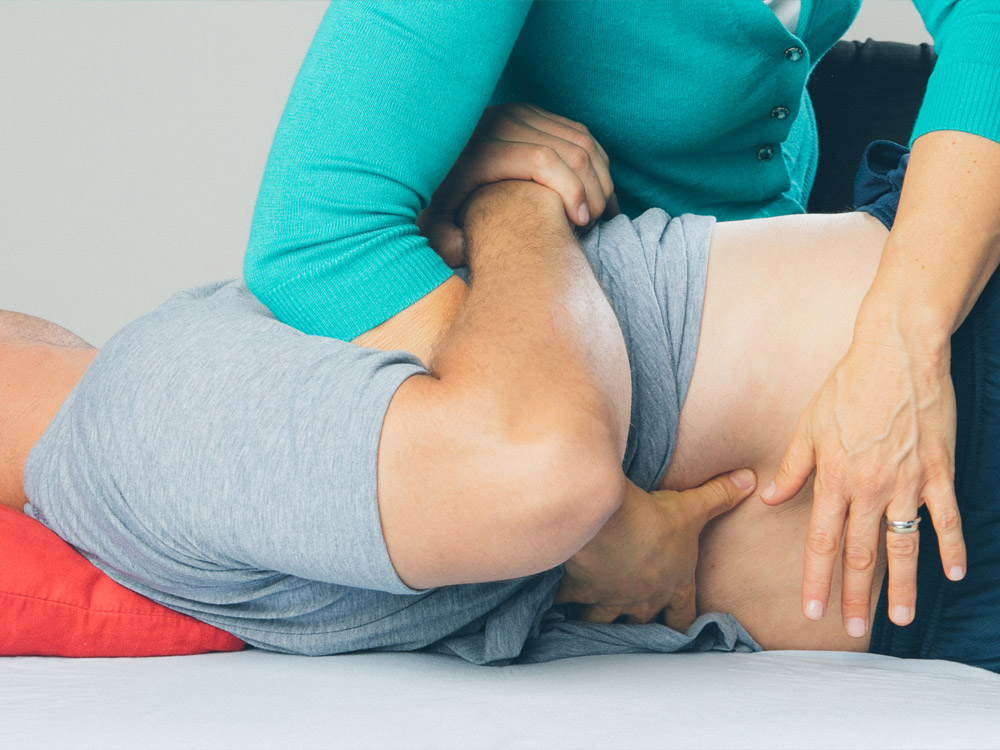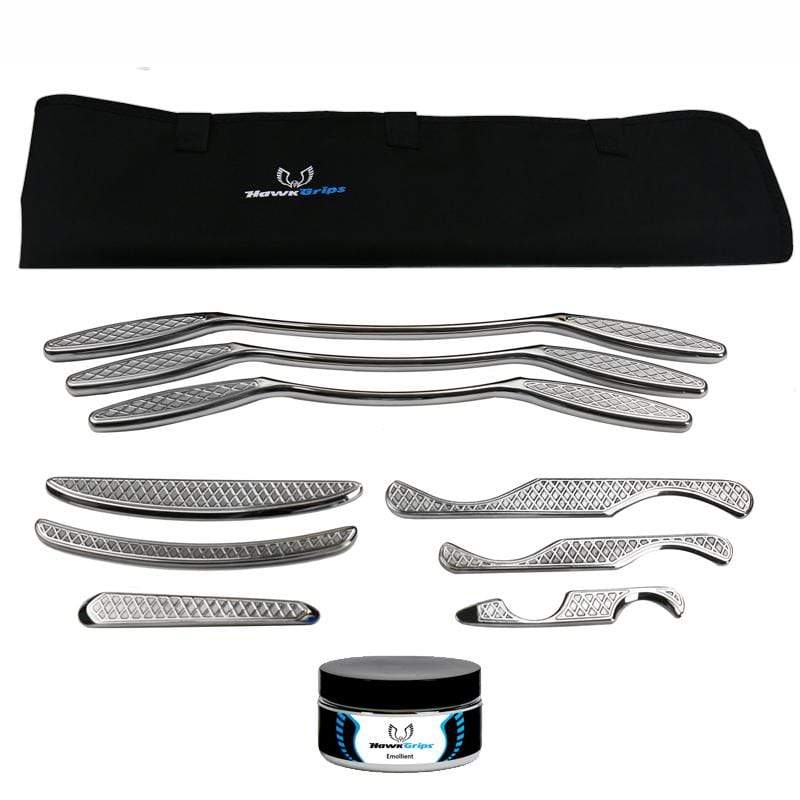Orthopedic Manual
Physical Therapy

Orthopaedic Manual Physical Therapy (OMPT) is a specialty of physical therapy that treats the specific problem, while also looking at the whole person. The term “manual therapy” can have many meanings depending on who is using it, but in this context Orthopaedic Manual Physical Therapy (OMPT) is a specialty of physical therapy that focuses on detailed evaluation and then treating primarily the neuro-muscular system and the musculo-skeletal system, including joints, muscle, fascia, nerves, skin, and muscular imbalances.
Orthopaedic Manual Physical Therapists view the body from a mechanical and neurophysiological perspective and work to help all the muscles, joints, and nerves function at their optimal levels. We ask questions such as: Is this joint too tight or too loose? Is this muscle too tight or too weak? Are there any problems with the nerves? Why have these things happened? And how can we keep it functioning properly once we get it working well?
At Manual Therapy of Nashville we practice OMPT in the context of a wider view, taking into account the client’s life and emotions as they choose to share, or not share. We have the individualized time and private setting to promote a safe environment for this one-on-one care. Therapy with Heart.
Align Your Structure to Ease Your Pain.
Fun & Realistic Methods
For Achieving Lifestyle
Wellness.
We currently have a 5 module personal coaching series that's changing lives. If you'd like to learn more, contact us.
- Self-treatment & Corrective Treatment
- General Conditioning
- Nutrition & Water
- Managing& Reducing Stress
- Integration
Specialties
Manual Therapy of Nashville offers Boutique Physical Therapy Services. Don’t give up on living pain-free or getting back to your favorite activities!

Manual Therapy
Orthopaedic Manual Physical Therapy (OMPT) is a highly-specialized area of physical therapy that treats the specific problem, while also looking at the whole person and their lifestyle. Tools used in OMPT are joint mobilization/ manipulation, soft tissue techniques, dry needling, exercise, stress management tools, breathing exercises, self-treatment techniques, education in posture, ergonomics, and activities.

Fascia/ Connective Tissue Therapy using IASTM
Functioning of the fascial system is part of what makes movement and a healthy body. If you have had continued pain and loss of movement and have not had work done to this system, it is worth coming in for an assessment. The precision of these tools allows for better attention to detail in the fascial system.

Mind Body Connection
Research and books, such as The Body Keeps Score, discuss the influence of the mind and body on one another. We are not counselors, but just by listening and sometimes asking the right questions, you can make connections between your life and what your body may be trying to communicate to you, such as, let me rest more, something is stressing me out, change something. The most important question is do you and your body feel safe? The second is, do you know where you are and where you're going?
Commonly Treated Conditions
- Musculoskeletal dysfunction and pain in any region / any joint
- Headaches related to TMJ Dysfunction or neck dysfunction and pain
- TMJ Dysfunction and Pain
- Shoulder Impingement
- Scoliosis
- Rotator Cuff Pathology (strains, tears, tendonitis)
- Thoracic Outlet Syndrome
- Tennis Elbow
- Golfer’s Elbow
- Carpal Tunnel Syndrome
- Cubital Tunnel Syndromes
- Double Crush Syndrome or Multiple Crush Syndromes
- Sprains and Strains
- Hip Bursitis
- Shoulder Bursitis
- IT Band Syndrome
- Retropatellar Pain
- Pelvic Pain
- Sciatica
- Piriformis Syndrome
- Pain in Tailbone
Contact Us
Email Us
catmay.dpt@gmail.com
